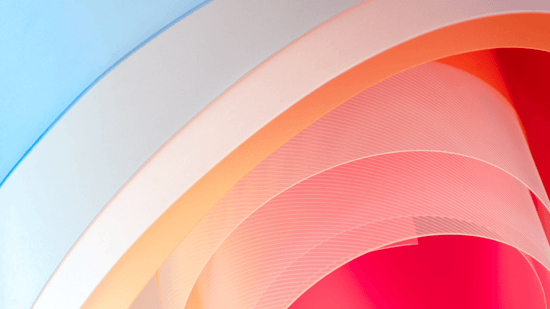Beyond the Sheet: What Other Materials Are Compatible with Digital Inkjet

The advances in digital inkjet press technology have made it possible for designers to showcase their creativity on almost any kind of paper. But what about the possibilities of applying the print and color quality inkjet provides on materials other than paper?
The answer is yes, and while materials for use in the industrial or packaging space — materials like wood, glass, and cardboard — don’t necessarily apply here, there are a wide range of potential materials or substrates that designer’s have at their disposal, especially when looking to achieve a certain look or feel.
“Printing on substrates other than paper has a range of benefits, from adding impact to your design to adding durability to the finished piece, simplifying production processes, and lower costs,” write Mary Gooding and Elizabeth Schilling, authors of The Designer’s Guide to Inkjet, 3rd Edition.
Here, we’ll look at a couple of the more common materials other than paper designers can specify for their projects, as well as the benefits of printing on these specific substrates.
What kinds of substrates can you print on a digital inkjet press?
The ability to print on a wide range of substrates can vary by printer or intended use, but, in general, the two types of ideal substrates other than paper include:
-
Plastic or synthetic media
-
Magnetic media
Plastic substrates are essentially clear plastics that allow designers to print on the reverse or interior of the substrate so the printed surface is completely protected by the exterior of the material. These kinds of substrates are available in many weights or gauges, offering various levels of rigidity.
Synthetic media is a similar substrate. The main difference is that synthetic media are engineered to absorb and lock color into the material, and synthetic substrates provide a high degree of durability and performance in indoor and outdoor conditions.
“They can even be wiped clean after use, which is great for menus and point-of-sale menus, particularly those used in indoor applications,” write Gooding and Schilling.
Magnetic paper is a laminate paper with a magnetic sheeting. This kind of substrate is ideal for applications like promotional magnets or magnetic display graphics. However, part of the challenge with printing on magnetic paper is that magnets stick together, so a stack of magnetic paper can be extremely difficult to handle and facilitate during the production process.
“This issue can be overcome by magnetizing these specially formulated papers as a post process after printing and prior to finishing steps like die-cutting,” write Gooding and Schilling. “Once magnetized, the cut material will then stick together, limiting further automated handling.”
Why should designers consider substrates other than paper for their digital inkjet projects?
A big component to any project printed on a digital inkjet press is differentiation, or special characteristics that can set a project apart from those printed on other types of presses. Printing on synthetic media can add a sensory or tactile element to your project that provides a more interactive, engaging experience for your target audience.
Plus, printing on a synthetic substrate or one that incorporates some degree of texture can add a bit of visual depth to your design.
“While visual texture can be simulated through rich, layered graphics, physical texture happens only on the printed piece,” write Gooding and Schilling. “Beyond texture, varying the substrate can add dimension to your design. For example, transparent media can bring an overlay effect, bringing depth to the design.”
What’s more, projects like menus, graphic displays, and direct mail can benefit from enhanced durability and performance, particularly in contexts where print budgets are somewhat restrictive and maximizing investment is key. Synthetic media provides an added layer of durability and protection as synthetic materials are more resistant to water damage or tearing.
Substrates with a higher level of rigidity also provide a more durable structure for direct mail pieces, or print projects that will be subject to a high degree of handling. These substrates are ideal for print applications like menus, outdoor signage, or ID badges.
It’s important to remember that your choice of material for your next digital inkjet project is not a this vs. that proposition. Combining paper with synthetic or magnetic materials can help designers create a unique piece with an accelerated turnaround time in a cost-effective manner.
“Sometimes paper and synthetic media are combined to form a specialty media that saves a step in the production process,” write Gooding and Schilling. “If you can start with print-ready ID cards, tab separators, or pressure-seal mailers, you can avoid paying for a separate finishing step, which can save both time and money.”
When it comes to thinking beyond the sheet, there’s much more designers should know. The Designer’s Guide to Inkjet, 3rd Edition can help you better understand the possibilities and potential of printing other kinds of substrates on a digital inkjet press. Download the guide to learn more.
See More Like This
See MoreMarketing Collateral
Project Spotlight: A Practical Giveaway to Keep thINK Ahead Attendees Cool
Marketing Collateral
Project Spotlight: A Blank Canvas for Organization and Inspiration
Marketing Collateral
Project Spotlight: Exploring the Wide World of Color
Marketing Collateral
Project Spotlight: A Planner and Journal for Exploration and Discovery